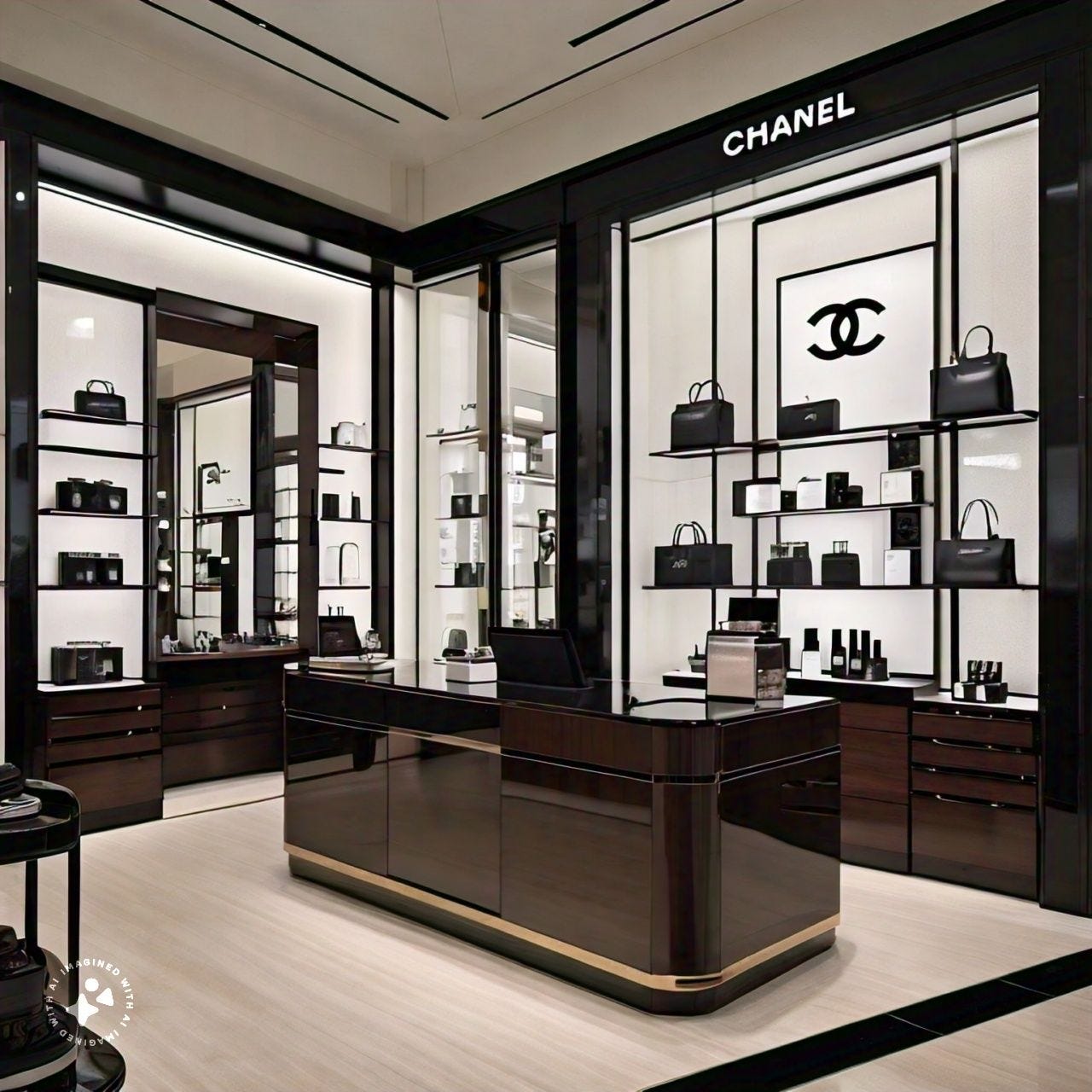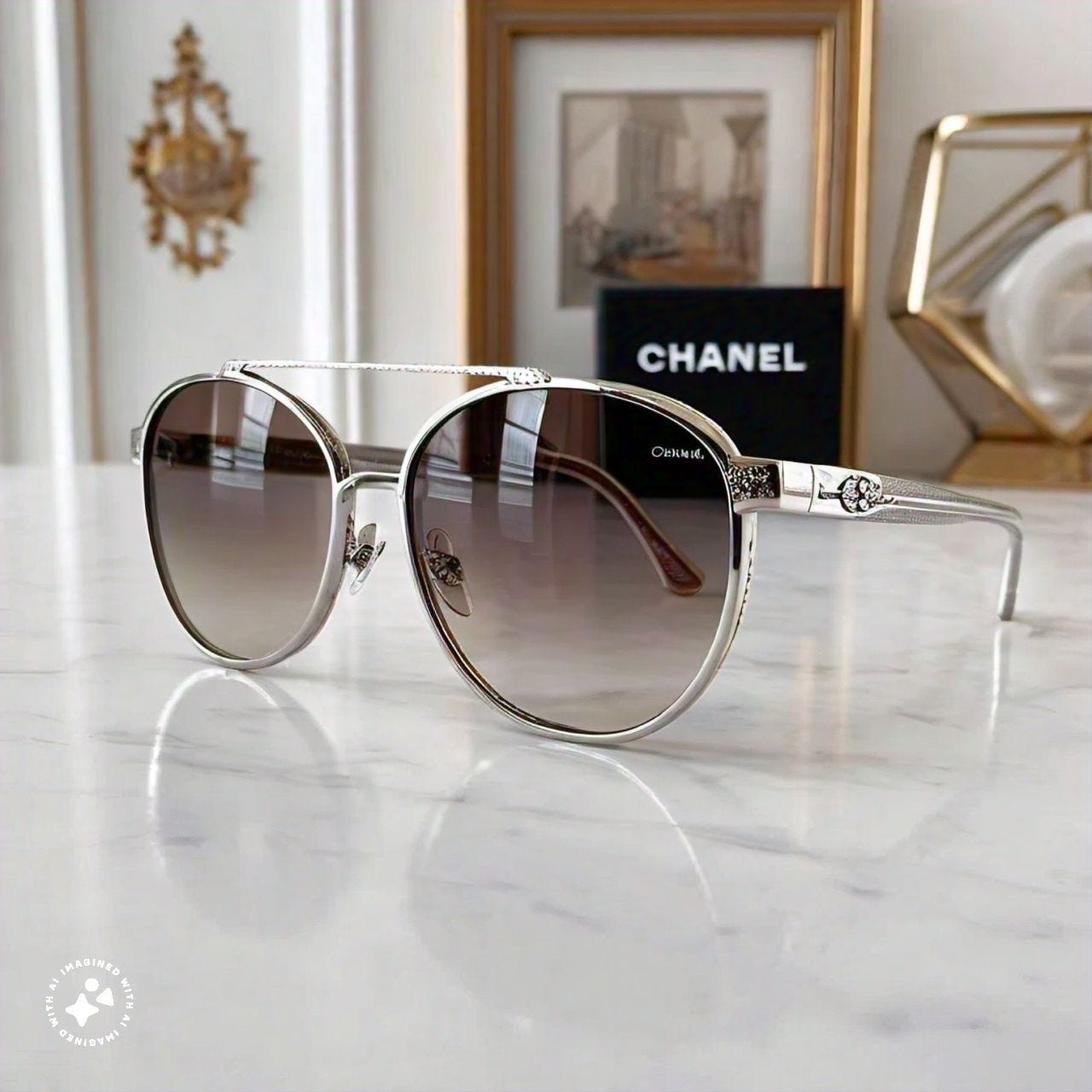Picture this: Your colleague excitedly shares news of a fantastic offer on sunglasses at the Chanel Store. He mentions that the salesman informed him there are only three pieces left on the shelf.
“Perfect!” You think. Since your fiancé’s birthday is around the corner and you’ve been thinking of a nice, expensive, special gift.
You convince yourself that the 3 pieces part is just a marketing gimmick, and you sit on the offer for 2 days. You take no action. When you actually go to purchase it from the store, what do you know? It’s OUT. OF. STOCK.
Your eyes widen.
Here’s a little bit about Chanel:
They sell to the rich
They sell premium products for a premium price
They have mastered the game of scarcity (Read further to know how)
If you’ve been following this newsletter for sometime now, I have mentioned several times that I am a huge fan of Alex Hormozi. in Alex’s book, $100M Offers, he says -
“When there’s a fixed supply or quantity of products or services that are available for purchase it creates “scarcity” or a “fear of missing out.” It increases the need to take action, and by extension, purchase your offer. This is where you publicly share that you are only giving away X amount of products”
Not only does Chanel have huge (i mean really huge) margins, but also limits the availability of its products to just one or two items per store, a fact verified through the book '$100M Offers'.
Hell, you can’t even shop for Chanel online ‘coz they don’t even do ecommerce.
Pro tip: When shopping for a specific brand, it's always best to buy directly from the official website.
Yes, In Chanel’s case, it isn’t even possible 😉
Now, let’s get back to your story. You’re fiancé’s birthday is in a week’s time and say the next batch of the same products won’t arrive until the end of the month.
Imagine in this scenario that Chanel is your only option since your fiancé loves the brand. Here are a few of the things that you will do:
You will make sure that you do not procrastinate this time. You will be ready with the money and might even call the store several time before the month end to verify if the product is available.
Heck, you’d even be ready to pay a “pre-order deposit” to make sure that when the next stock arrives, a piece is blocked for you.
Now from a business perspective, having 100s or 1000s of people waiting like this to buy your product when the next stock arrives is a win. A huge win.
“It’s hard to stay poor when you have leads banging on your door”
- Alex Hormozi
Now, for your fiancé’s birthday you tell him or her, “My dear, I’ve ordered a pair of Chanel sunglasses and they should be arriving pretty soon 😊”
They’re not mad at you because…
It’s Chanel after all.
You see, this brings me to my final point for today’s study about scarcity.
Before you use scarcity to enhance your product, you need to make sure that you have a killer product in the first place. The only reason you were a bit attentive to the next week’s stock coming in was because it was - “Chanel”.
Techniques like scarcity are product or service ‘enhancers’, which means:
You need to have a product or a service
Your product or service needs to be one that is worth the wait.
So How you make such a killer product or service? Well, stay tuned for next week's post, where I'll delve into the topic based on Apple's success
But if you're curious about how Zomato rose to prominence as a leading food-tech startup in India, surpassing all competitors in the field, you can find the story here -
Zomato's rise to power
I do not know about you but to me, when i hear the phrase - “food delivery startup in India”, only two startups come to mind - Swiggy and Zomato. Zomato’s food delivery business has recently been enjoying a greater market share than any other startup in this space (roughly about 52-54% as of H1 2023). However, it has not always been this way.
So once the product is available, The salesman calls you and lets you know. You rush, get the product and give it to your fiancé. They’re happy :)
Good Story, Good ending, Great Lesson.
Business term(s) you need to know
Margin:
Very simple. Let’s say you buy a product for 30Rs.
You sell it for 100Rs.
Your margin is 100Rs-30Rs = 70Rs.
Since it is usually represented as percentage, it would be 70 divided by 100 represented as percentage which is a 70% margin.







